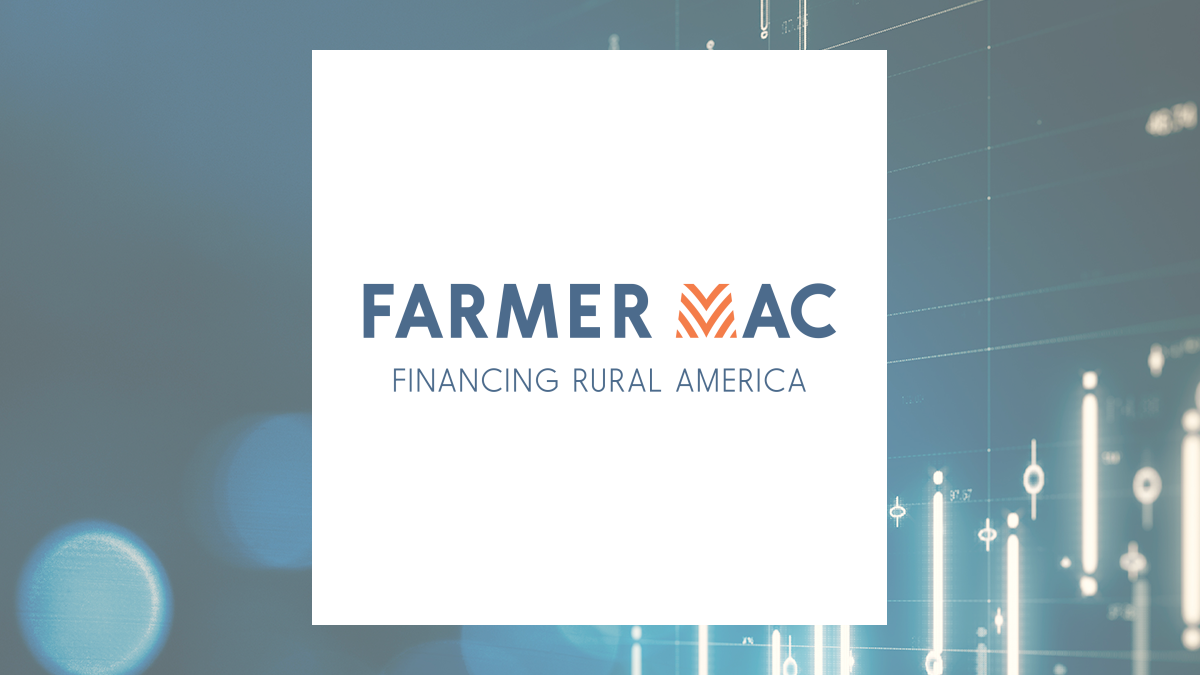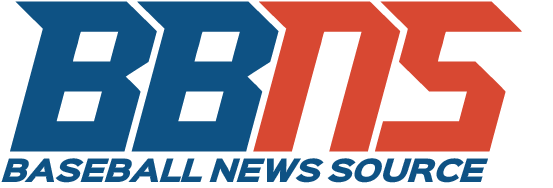Federal Agricultural Mortgage (NYSE:AGM – Get Free Report) and Fannie Mae (OTC:FNMA – Get Free Report) are both mid-cap finance companies, but which is the better stock? We will compare the two companies based on the strength of their valuation, profitability, institutional ownership, earnings, dividends, risk and analyst recommendations.
Volatility and Risk
Federal Agricultural Mortgage has a beta of 1.08, suggesting that its share price is 8% more volatile than the S&P 500. Comparatively, Fannie Mae has a beta of 1.98, suggesting that its share price is 98% more volatile than the S&P 500.
Earnings and Valuation
This table compares Federal Agricultural Mortgage and Fannie Mae”s revenue, earnings per share and valuation.
| Gross Revenue | Price/Sales Ratio | Net Income | Earnings Per Share | Price/Earnings Ratio | |
| Federal Agricultural Mortgage | $1.42 billion | 1.53 | $200.00 million | $15.55 | 12.82 |
| Fannie Mae | $139.99 billion | 0.06 | $17.41 billion | N/A | N/A |
Institutional and Insider Ownership
68.0% of Federal Agricultural Mortgage shares are owned by institutional investors. Comparatively, 0.0% of Fannie Mae shares are owned by institutional investors. 2.6% of Federal Agricultural Mortgage shares are owned by insiders. Comparatively, 1.0% of Fannie Mae shares are owned by insiders. Strong institutional ownership is an indication that hedge funds, endowments and large money managers believe a company will outperform the market over the long term.
Analyst Recommendations
This is a summary of current ratings and target prices for Federal Agricultural Mortgage and Fannie Mae, as reported by MarketBeat.
| Sell Ratings | Hold Ratings | Buy Ratings | Strong Buy Ratings | Rating Score | |
| Federal Agricultural Mortgage | 0 | 1 | 0 | 0 | 2.00 |
| Fannie Mae | 0 | 1 | 0 | 0 | 2.00 |
Federal Agricultural Mortgage presently has a consensus target price of $215.00, suggesting a potential upside of 7.89%. Fannie Mae has a consensus target price of $3.00, suggesting a potential downside of 58.68%. Given Federal Agricultural Mortgage’s higher probable upside, analysts clearly believe Federal Agricultural Mortgage is more favorable than Fannie Mae.
Profitability
This table compares Federal Agricultural Mortgage and Fannie Mae’s net margins, return on equity and return on assets.
| Net Margins | Return on Equity | Return on Assets | |
| Federal Agricultural Mortgage | 12.59% | 20.14% | 0.67% |
| Fannie Mae | 11.22% | -30.10% | 0.39% |
Summary
Federal Agricultural Mortgage beats Fannie Mae on 7 of the 10 factors compared between the two stocks.
About Federal Agricultural Mortgage
 Federal Agricultural Mortgage Corporation provides a secondary market for various loans made to borrowers in the United States. It operates through four segments: Corporate AgFinance, Farm & Ranch, Rural Utilities, and Renewable Energy. The company’s Agricultural Finance line of business engages in purchasing and retaining eligible loans and securities; guaranteeing the payment of principal and interest on securities that represent interests in or obligations secured by pools of eligible loans; servicing eligible loans; and issuing LTSPCs for eligible loans. Its Rural Infrastructure Finance line of business is involved in the purchase of rural utilities loans and renewable energy loans and guarantees of securities backed by loans, as well as LTSPCs for pools of eligible rural utilities loans; by loans for electric or telecommunications facilities by lenders organized as cooperatives to borrowers; and other financial institutions that are secured by pools of eligible loans. Federal Agricultural Mortgage Corporation was incorporated in 1987 and is headquartered in Washington, the District of Columbia.
Federal Agricultural Mortgage Corporation provides a secondary market for various loans made to borrowers in the United States. It operates through four segments: Corporate AgFinance, Farm & Ranch, Rural Utilities, and Renewable Energy. The company’s Agricultural Finance line of business engages in purchasing and retaining eligible loans and securities; guaranteeing the payment of principal and interest on securities that represent interests in or obligations secured by pools of eligible loans; servicing eligible loans; and issuing LTSPCs for eligible loans. Its Rural Infrastructure Finance line of business is involved in the purchase of rural utilities loans and renewable energy loans and guarantees of securities backed by loans, as well as LTSPCs for pools of eligible rural utilities loans; by loans for electric or telecommunications facilities by lenders organized as cooperatives to borrowers; and other financial institutions that are secured by pools of eligible loans. Federal Agricultural Mortgage Corporation was incorporated in 1987 and is headquartered in Washington, the District of Columbia.
About Fannie Mae
 Federal National Mortgage Association provides a source of financing for mortgages in the United States. It securitizes mortgage loans originated by lenders into Fannie Mae mortgage-backed securities (Fannie Mae MBS). The company operates through two segments, Single-Family and Multifamily. The Single-Family segment securitizes and purchases single-family fixed-rate or adjustable-rate, first-lien mortgage loans, or mortgage-related securities backed by these loans; and loans that are insured by Federal Housing Administration, loans guaranteed by the Department of Veterans Affairs and Rural Development Housing and Community Facilities Program of the U.S. Department of Agriculture, manufactured housing mortgage loans, and other mortgage-related securities. This segment also provides single-family mortgage servicing, as well as credit risk and loss management services. The Multifamily segment securitizes multifamily mortgage loans into Fannie Mae MBS; purchases multifamily mortgage loans; and provides credit enhancement for bonds issued by state and local housing finance authorities to finance multifamily housing. This segment also issues structured MBS backed by Fannie Mae multifamily MBS; buys and sells multifamily agency mortgage-backed securities; invests in low-income housing tax credit (LIHTC) multifamily projects; and offers delegated underwriting and servicing, as well as multifamily mortgage, and credit risk and loss management services. The company serves mortgage banking companies, savings and loan associations, savings banks, commercial banks, credit unions, community banks, insurance companies, private mortgage originators, and state and local housing finance agencies. Federal National Mortgage Association was founded in 1938 and is headquartered in Washington, the District of Columbia.
Federal National Mortgage Association provides a source of financing for mortgages in the United States. It securitizes mortgage loans originated by lenders into Fannie Mae mortgage-backed securities (Fannie Mae MBS). The company operates through two segments, Single-Family and Multifamily. The Single-Family segment securitizes and purchases single-family fixed-rate or adjustable-rate, first-lien mortgage loans, or mortgage-related securities backed by these loans; and loans that are insured by Federal Housing Administration, loans guaranteed by the Department of Veterans Affairs and Rural Development Housing and Community Facilities Program of the U.S. Department of Agriculture, manufactured housing mortgage loans, and other mortgage-related securities. This segment also provides single-family mortgage servicing, as well as credit risk and loss management services. The Multifamily segment securitizes multifamily mortgage loans into Fannie Mae MBS; purchases multifamily mortgage loans; and provides credit enhancement for bonds issued by state and local housing finance authorities to finance multifamily housing. This segment also issues structured MBS backed by Fannie Mae multifamily MBS; buys and sells multifamily agency mortgage-backed securities; invests in low-income housing tax credit (LIHTC) multifamily projects; and offers delegated underwriting and servicing, as well as multifamily mortgage, and credit risk and loss management services. The company serves mortgage banking companies, savings and loan associations, savings banks, commercial banks, credit unions, community banks, insurance companies, private mortgage originators, and state and local housing finance agencies. Federal National Mortgage Association was founded in 1938 and is headquartered in Washington, the District of Columbia.
Receive News & Ratings for Federal Agricultural Mortgage Daily - Enter your email address below to receive a concise daily summary of the latest news and analysts' ratings for Federal Agricultural Mortgage and related companies with MarketBeat.com's FREE daily email newsletter.
